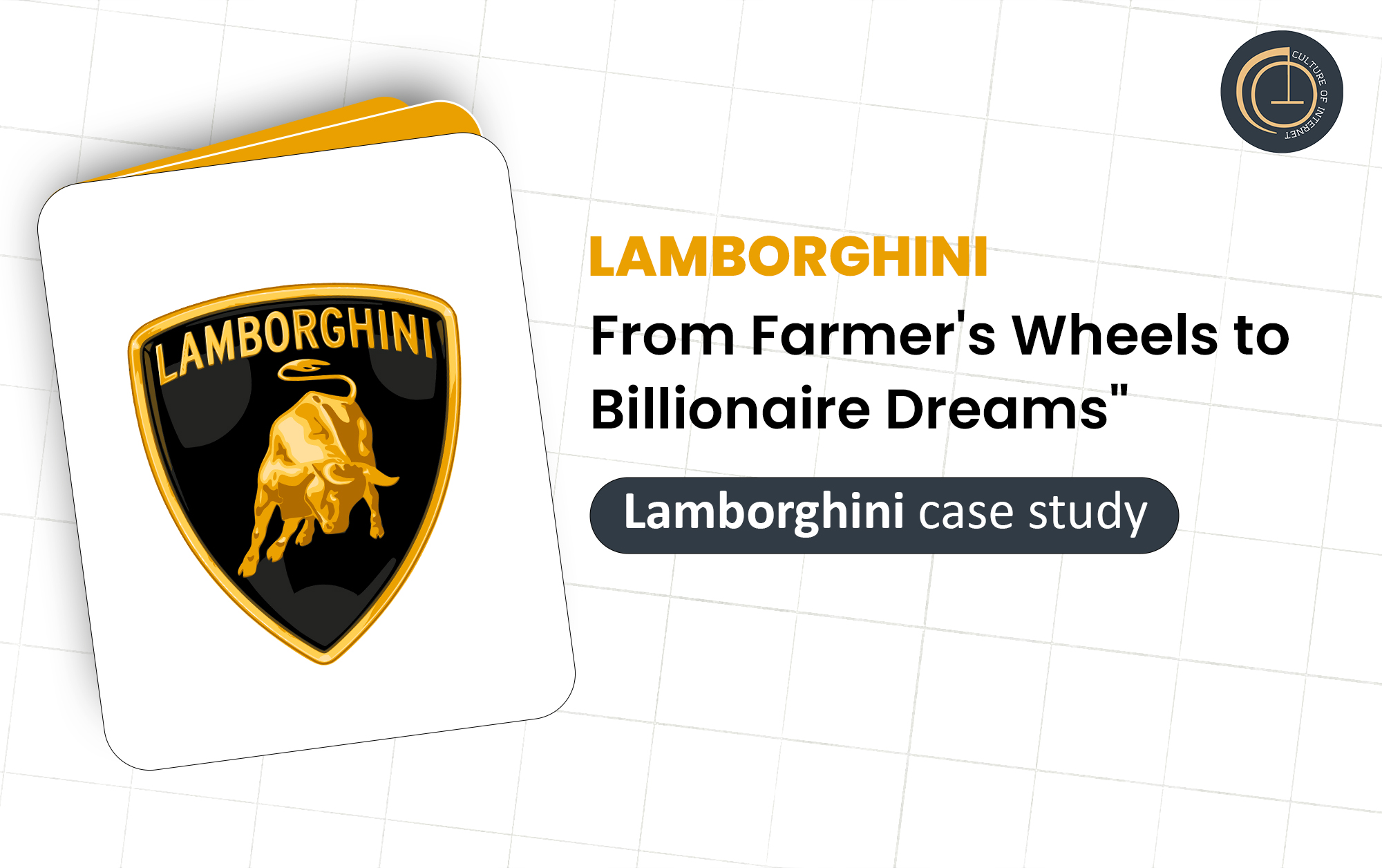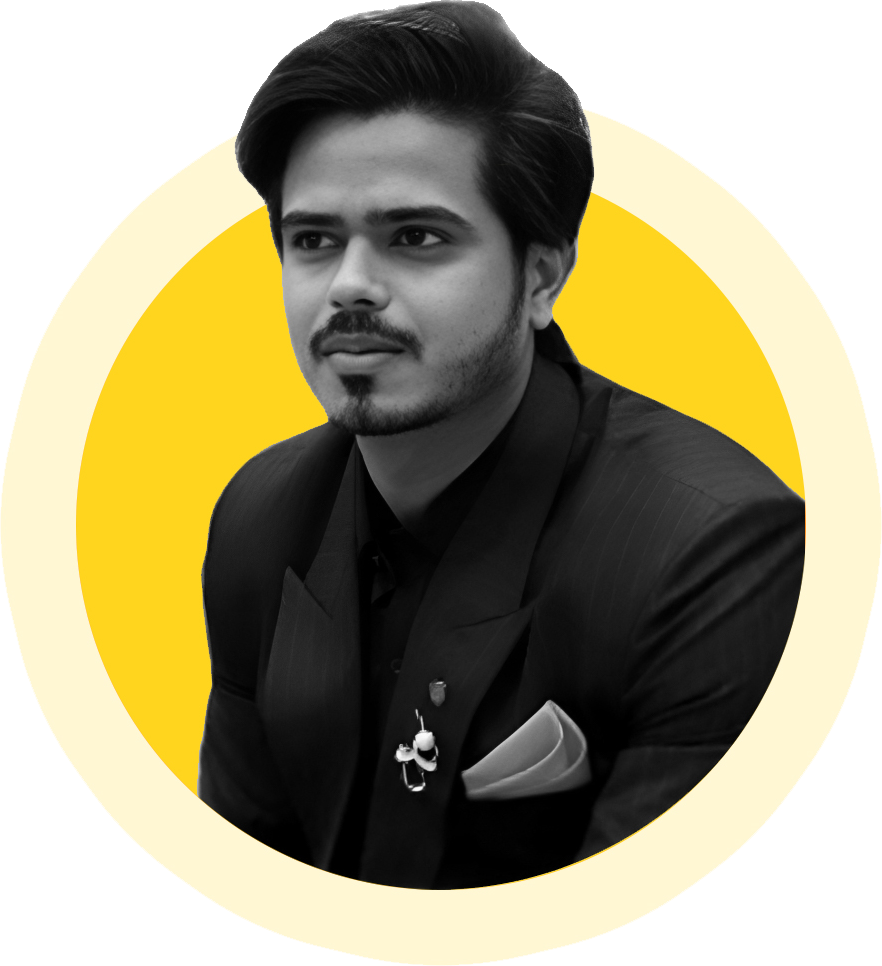Lamborghini: Company Overview
Understanding the foundation and market position of the luxury automotive market worldwide.
The Unexpected Start – From Fields to Fast Lanes
Let’s be real — if someone told you the world's most famous supercar brand started with tractors, you'd probably laugh. But that’s exactly how Lamborghini began.
It all started with Ferruccio Lamborghini, a smart and hardworking guy from Italy. After World War II, he started fixing army vehicles and soon began making tractors. Yes, tractors! His company, Lamborghini Trattori, became super successful. People loved his tractors, and Ferruccio became a rich businessman.
But he wasn’t just into machines. He had a passion for cars, especially fast and fancy ones. He owned a few Ferraris, but he didn’t like how they felt. He thought they were rough and not good for everyday driving. So one day, Ferruccio complained directly to Enzo Ferrari. And guess what Ferrari told him?
He basically said, “Stick to tractors, you don’t know anything about sports cars.”
That one line changed everything. Ferruccio was like, “Alright, watch me.” And in 1963, he started Automobili Lamborghini, a brand that would one day compete with Ferrari itself.
First Cars – Making a Name
Lamborghini’s goal wasn’t just to make fast cars. He wanted to make the perfect grand touring car — fast, smooth, and luxurious. Not something that felt like a race car on a rough road.
In 1964, Lamborghini launched the 350 GT. It was beautiful, had a V12 engine, and surprised everyone. But it was just the beginning.
Then came the real game-changer — Lamborghini Miura in 1966. This car was different. It had the engine in the middle, just like real race cars, and the design was straight-up stunning. It became a supercar icon, and suddenly, everyone was talking about Lamborghini.
Stats That Make Your Jaw Drop
Let’s throw in some fun numbers:
Aventador Speed
0–100 km/h in just 2.8 seconds
Huracán Top Speed
Blazing past 325 km/h
Urus Performance
Urus launched as the fastest SUV
Huracáns Sold
Delivered worldwide across markets
Historical Marketing Journey
Over the years, Lamborghini released one legendary model after another. Let’s talk about a few of them in simple words:
Miura
Launched in 1966, it was the first mid-engine supercar. Fast, iconic, and way ahead of its time—people went crazy over it.
Countach
Released in 1974 with iconic scissor doors and a wild, angular design. It became the dream poster car of the 1980s.
Diablo
Introduced in 1990. True to its name—fast, fierce, and unforgettable. A devil on wheels with a top speed over 320 km/h.
Murciélago
Released in 2001, it was loud, powerful, and dramatic. The beast of the early 2000s with aggressive styling and V12 power.
Gallardo
Arrived in 2003. Sleek, sporty, and slightly more affordable. It became Lamborghini’s bestseller and attracted new fans.
Aventador
Launched in 2011. Big, bold, and brutally fast. It defined the modern supercar era for Lamborghini.
Huracán
Debuted in 2014. Replaced the Gallardo with a perfect mix of performance and practicality. A massive global hit.
Core Marketing Strategies
In-depth look at how Lamborghini built a bold, unforgettable brand across generations and markets.
The Network & Fan Power
-
Pop Culture Presence: Featured in music videos, rap songs, movies, and Instagram reels—Lambos are everywhere in entertainment.
-
Celebrity Influence: Loved by celebrities and influencers alike. A Lamborghini is a status symbol shared across social media.
-
Events & Clubs: Global events like Lamborghini Day and Lambo clubs foster a passionate, active fan community.
-
Culture & Belonging: Buying a Lambo isn’t just a purchase—it’s joining a lifestyle. The brand creates a sense of belonging and culture.
Brand Expansion – Not Just Cars Anymore
-
Lamborghini Urus: The brand's first SUV became a global success, outselling every other model and attracting a broader audience.
-
Merchandise: From jackets and watches to perfumes and even baby toys—Lamborghini turned itself into a lifestyle label.
-
Concept Cars: Innovative models like the Terzo Millennio (built with MIT) showcased electric tech and futuristic design.
-
Staying Trendy: Through bold moves beyond automobiles, Lamborghini kept its brand relevant, aspirational, and culturally cool.
Cool Collaborations
-
MIT: Partnered to build futuristic electric concept cars like the Terzo Millennio, blending innovation and cutting-edge design.
-
Lego: Created detailed Lego Technic sets of Lamborghini models—popular among both kids and collectors.
-
Yamaha: Collaborated on marine engine technology, taking Lamborghini’s power to the water.
-
Roger Dubuis: Developed ultra-luxury watches inspired by Lambo’s aesthetics and performance ethos.
Ownership Drama – The Real Struggles
-
Oil Crisis Impact: In the 1970s, sales plummeted due to the global oil crisis. Ferruccio Lamborghini eventually sold the company.
-
Frequent Ownership Changes: During the ’80s and ’90s, Lamborghini changed hands multiple times—from American to Malaysian investors.
-
Struggling Sales: The brand was making great cars, but they weren’t selling well enough to stay profitable.
-
Audi Acquisition: In 1998, Volkswagen Group (via Audi) bought Lamborghini. Stability, quality, and growth followed under new leadership.
Smart Moves That Made Lamborghini Big
So how did they become such a beast in the car world? Let’s look at the strategies they followed:
Be Different
Lamborghini never copied anyone. Their designs are bold. Their cars are loud and wild. People either love them or hate them — and that’s exactly the goal.
Go Limited
They release limited edition models. This makes the cars feel exclusive and super special. Like the Veneno, which only had a few units
Marketing With Style
Their branding is strong. Everything feels premium, powerful, and emotional. They post videos that make your heart race. Their social media is top-notch.
Embrace New Trends
From hybrid cars to electric concepts and NFTs, Lamborghini is open to future trends. They don’t stay stuck in the past.
Keep the Lambo Feeling
Even with better tech and smoother driving, they never lost their loud engines, wild designs, and aggressive road presence.
Tough Times and Smart Fixes
Let’s be honest, Lamborghini had some big problems too. But they didn’t give up. Here are a few:
Key Problems & Solutions:
-
Problem: High Fuel Prices and Oil Crisis
Solution: They focused on quality, found better partners, and slowly built a stronger business. -
Problem: Bad Management and Changing Owners
Solution: Audi gave them structure, funding, and long-term planning. That saved Lamborghini. -
Problem: Supercars Too Hard to Drive
Solution: New models like the Huracán made Lambo easier and safer, while still exciting. -
Problem: Competition from Ferrari, McLaren, Porsche
Solution: Lamborghini didn’t try to beat others. They stayed different, and that made them stand out.
Why Lamborghini Became a Global Icon
Today, if you ask any kid or adult about their dream car, chances are they’ll say “Lamborghini.”
-
Built wild, powerful, unique machines.
-
Created a lifestyle and image that everyone wants.
-
Stayed strong through hard times.
-
Mixed old-school emotion with new-age tech.
-
From dusty fields of tractors to red carpets of Hollywood, Lamborghini’s journey is full of passion, risks, style, and noise — literally.
Final Thoughts – It’s More Than Just a Car
-
It’s the roar when you press the pedal.
-
It’s the heads turning when you drive past.
-
It’s the dream that keeps car lovers awake at night.
-
Ferruccio Lamborghini started this out of anger, but what he built became a symbol of power, freedom, and success.
-
From tractors to supercars, from Italy to the world — Lamborghini showed us that anything is possible if you dare to do something wild.
Explore Our Comprehensive Marketing Strategy Course
Join our in-depth course to master Lamborghini India's marketing strategies, learn from expert case studies, and gain actionable insights to apply in your own business or career.









